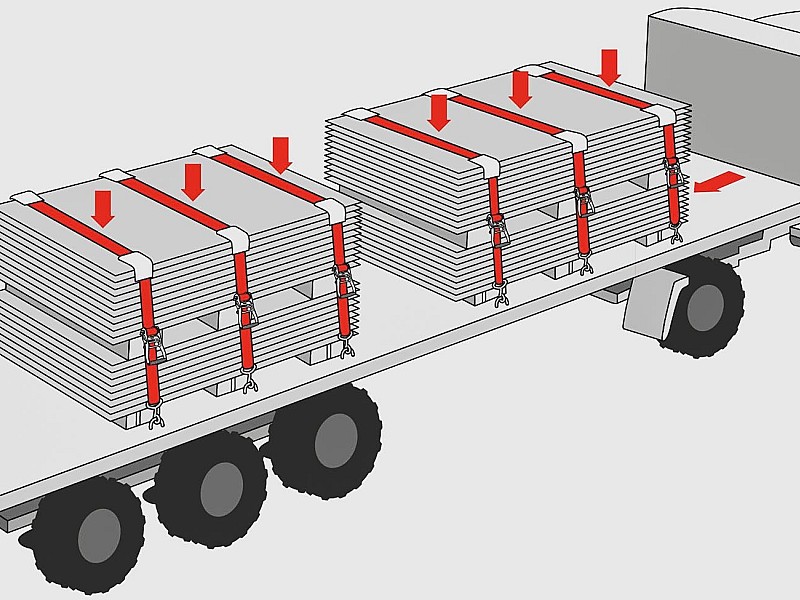
Proper cargo securement is not just a legal requirement; it’s a crucial aspect of ensuring road safety for both truckers and other drivers. When cargo is not properly secured, it can shift, fall, or even cause accidents. To help you avoid mishaps and potential disasters, we’ll explore five key principles of effective cargo securement in this blog post.
Understand the Regulations
The first step in ensuring proper cargo securement is understanding the regulations that apply to your load. Regulations may vary depending on your location, the type of cargo you’re carrying, and the size of your truck. Familiarize yourself with the rules and guidelines set forth by the Department of Transportation (DOT) and other relevant authorities. This knowledge forms the foundation of safe cargo transport.
When your truck encounters problems, don’t stress – count on Fast Service’s experienced professionals. Call us now.
Use the Right Equipment
Choosing the appropriate equipment for cargo securement is crucial. This includes straps, chains, binders, and other tools specifically designed for securing cargo. Ensure that all your equipment is in good condition, free from defects, and capable of withstanding the load’s weight and potential forces during transit. Regularly inspect and maintain your securement equipment to guarantee its reliability.
Proper Load Distribution
Load distribution plays a significant role in cargo securement. Distribute the weight evenly within the trailer to maintain balance and stability. Use load bars or braces to prevent cargo from shifting during transport. Avoid overloading your trailer, as it can lead to handling difficulties and increased risk of accidents. Always refer to weight distribution guidelines for your specific type of cargo.
We also recommend you to read: How to prevent coolant leaks in your truck
Secure Cargo from All Angles
Effective cargo securement involves securing the load from all angles to prevent shifting or tipping. Use a combination of straps, chains, and binders to create a comprehensive web of security. Ensure that all anchor points are strong and capable of withstanding the load’s forces. Additionally, use edge protectors to prevent straps from damaging cargo.
Regular Inspections and Adjustments
Cargo securement is not a set-it-and-forget-it task. Throughout your journey, periodically inspect your load to check for any signs of shifting or loosening. Make necessary adjustments and re-tighten straps or chains as needed. Sudden changes in road conditions, such as sharp turns or rough terrain, can affect your cargo’s stability, so stay vigilant throughout your trip.
Your commitment to cargo securement not only ensures your safety as a trucker but also safeguards the well-being of fellow motorists sharing the road with you. It’s a responsibility that should never be underestimated or overlooked. Remember, cargo securement is a dynamic process that demands attention throughout your journey. Be proactive, stay informed, and take pride in knowing that your dedication to secure cargo transport contributes to safer roads for all.
To get more information about us, follow us on Facebook and Instagram. Or call us right now for a road service on: repairtrucktrailer.com



